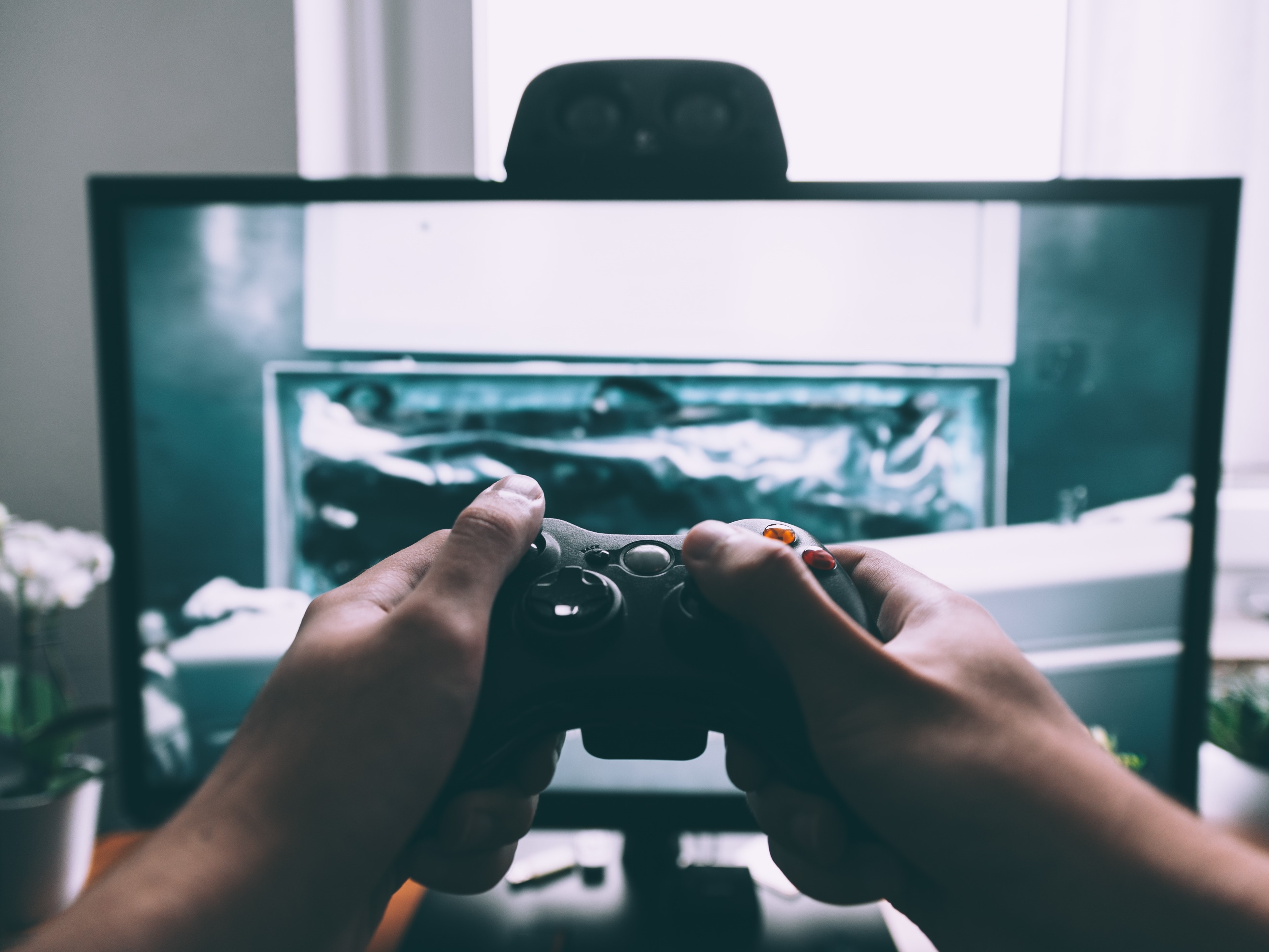Chances are, you’ve never suffered from a “Fortnite” injury — at least physically anyway — and you’ve probably never had to undergo any sort of strength training for “Call of Duty,” but in the world of esports, professional gamers need to take every step necessary to stay on top of their game. Here is where the concept of gaming fitness step in.
You might not think playing video games is such a physical ordeal, but all that button pressing and mouse clicking adds up and can take a serious toll on the tendons in your forearms and hands. If you’re gaming professionally, whether that be in competitions or through live streaming, you could be putting in at least 50 hours per week into playing video games. So just imagine how many hundreds of thousands of times per month you might press a button on a controller or a key on a keyboard, and you’ll begin to understand why many pro gamers have fallen victim to overuse injuries.
Believe it or not, injuries like carpal tunnel syndrome and tendonitis can be detrimental to a gamer’s career (severe carpal tunnel often requires surgery). Trying to outperform other gamers in a live competition while suffering from excruciating pain from simply holding a controller is extremely difficult, I’m sure, and certainly not fun. On top of that, if you’re a pro gamer making six figures per year doing what you love, you certainly don’t want to see all of that hard work go to waste just because of some nagging overuse injury.
But there is a way to keep working overtime as a pro gamer, or even just to play the same hours as one, without running the risk of gamer’s thumb. All you need to do is workout.
It’s no secret that athletes must stay in shape in order to perform, and that usually entails going to the gym outside of regularly scheduled practices and targeting specific muscle groups for strength and endurance. Football players, for example, spend hours lifting weights not only so they can work harder on the field, but also to prevent getting injured from all the hits they give and take.
So does that mean hardcore gamers need to start hitting the gym and pounding protein shakes? Well, not exactly. That wouldn’t really make sense. But if pro gamers, or really any gamer who puts in a lot of hours, starts thinking of themselves as a type of athlete themselves, then they can begin taking steps towards injury prevention.
No offense to gamers, but it is clear that playing video games doesn’t require much brawn, so muscular strength training isn’t relevant to the sport and won’t necessarily help in a video game competition. The same principle applies to any athlete: A marathon runner isn’t going to work on benching 300 pounds because that’s not helpful for long distance running, but a linebacker certainly would. What a gamer needs to work on is all that sinewy tissue in the hands and forearms because those are the areas of their bodies taking on the most stress.
Thankfully, the world of esports has their own bona fide gaming doctor, Dr. Levi Harrison. Harrison is a legitimate doctor who runs his own YouTube channel dedicated to video game-related fitness, and there’s a fair number of videos on his channel pertaining to injury prevention for gamers. Most of the exercises Harrison exhibits in these videos don’t involve any weights at all. Instead, they focus on range of motion and dexterity, two essential physical requirements for gaming.
Don’t think that just because the exercises don’t use weights means they aren’t difficult; I tried a few of them myself and felt the burn, and I go to the gym regularly. Harrison’s exercises often involve bending the wrist back in awkward positions while applying pressure or performing strange movements like the “queen’s wave” or “piano fingers,” which are easier said than done. All these exercises target the tendons around the wrist and forearm, which are difficult to strengthen because of the density of the sinuous tissue that makes up tendons and ligaments.
Harrison suggests that gamers perform a few of his exercises for just ten minutes a day in order to prevent the smorgasbord of overuse injuries that take all the fun out of playing video games for over 50 hours per week.
Exercise isn’t the only aspect to gaming fitness, though. Some gaming teams even have their own meal plans that force them to watch what they eat, which makes sense considering the relatively sedentary lifestyle of a devout gamer. A player’s diet should consist of plenty of fruits, vegetables and low-fat proteins, while cutting out super sugary drinks and junk food. Any diet that includes a good amount of collagenous protein will also help when it comes to improving the strength and range of motion in tendons.
So you probably won’t run into Ninja at the gym maxing out his bench press, or any of the members of Team Liquid pumping up their biceps with preacher curls, even though that would be pretty sweet. Regardless, whether or not you’re a pro gamer, if you put a lot of hours into gaming, you might have to put down the controller and the Mountain Dew for a few minutes every day and work out those forearms so you can keep doing what you love without the stubborn pain of overuse injuries.
















